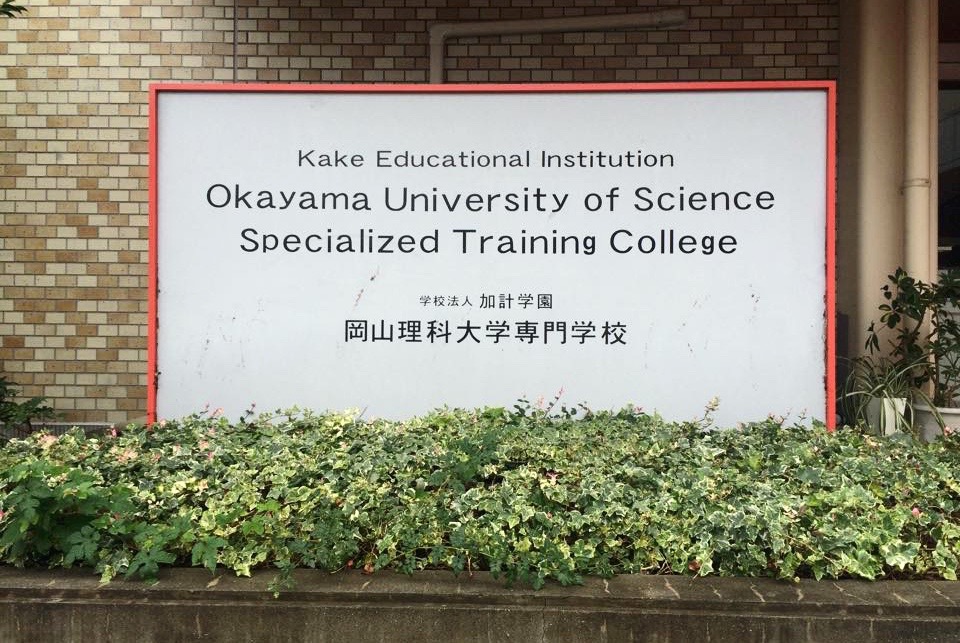In light of MACNA and the hectic schedule of traveling, we haven’t been able to finish up recounting our visit to Japan. Now that the dust has settled, we’re obligated to tie up the loose ends and finish up this short series. With just a few more articles to go, we leave the hustle and bustle of Kyoto to the mountainous and serene Okayama.
Okayama is the capital city of the Okayama prefecture in the Chugoku region. This region is rich in agricultural history, notably famous for delicious peach and grape produce. Located in the sleepy suburbs is a quaint institution. The Okayama University of Science Specialised Training College is a member of the Kake Educational Institution group, where students focus on a niche programme catered to a specific interest.

If you’re wondering what this college has anything to do with our travel interests, it’s because the Okayama University plays host to a spectacular aquaculture programme. We made a quick stop en route to another location to take a better look.
It really is quite uncommon to see young eager minds soaking in the offerings of mother science, so we were pleasantly surprised to see a room filled to the brim with aquaculture paraphernalia and students dripping with enthuse. The aquaculture programme is run by Mr. Onishi, and is one of two programmes offered in this specialized training college of the Okayama University.


Students here engage in basic aquaculturing techniques and experiments, creating and modifying parameters and diets to suit the various fish and invertebrate here. Amphiprion make for fairly easy starter species which the students get to try rearing. Aside from the science of aquaculture, they also learn some mendelian genetics and phenotype expression in the various clownfish cultures by crossing known variants and observing the resulting offspring.



Impressively, advanced level students here are dabbling in angelfish culture. A lot of walls have been broken with regards to this frontier in the recent years. With Karen Brittain and Bali Aquarich trail blazing the angelfish scene, its becoming increasingly trendy to attempt pomacanthid culture. Much of the work, however, have been geared towards larger angelfish genera such as Pomacanthus, Chaetodontoplus, Holacanthus, Apolemichthys and Genicanthus. Not much in the realm of dwarf angelfish culture have been attempted recently.

Two of such angelfish, however, are being attempted here. Centropyge interrupta and Paracentropyge venusta. Both species have been successfully spawned and raised in captivity by Frank Baensch and Karen Brittain respectively, spurring the young intrepid minds of these Japanese students to follow suit. While they’ve not yet exactly succeeded in doing so, they’ve managed to get some quality spawns and larval development improvements with each batch. With time, we’re sure they’ll be able to nail it down to post-metamorphosis or even juvenile settlement.

Broodstock and grow out systems are housed in a separate building, and are typically kept in dark or dimly lit rooms. So for that reason, getting nice photos without the use of flash is a little difficult. The volume, professionalism and meticulousness that goes into the programme and the work that these young students are doing is inspiring. We sincerely wish the students at the Okayama University of Science good luck in their angelfish project, and we await good news of future larval settlement!

Our sincerest gratitude to Mr. Onishi, Mr. Genda and the students at the lab for taking the time in showing us the work that they’re doing. We apologise for the delay in this article. Aside from being a teacher at this institute, Mr. Genda is also an avid fish collector. In the next article, we’ll look at some of the fish in his collection to wrap up the final last posts on this series.



